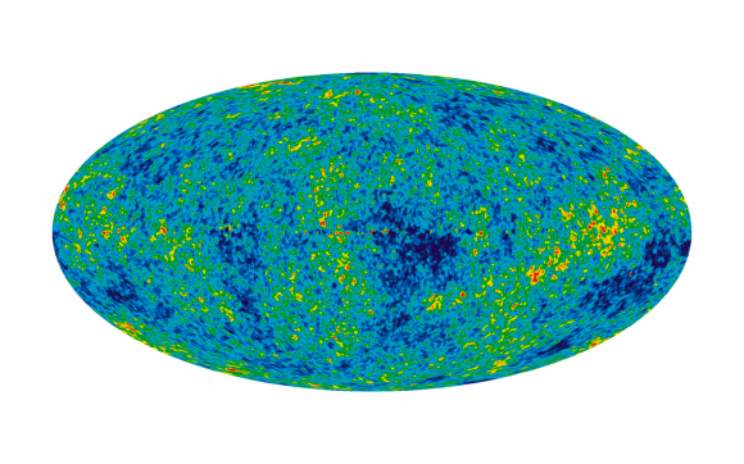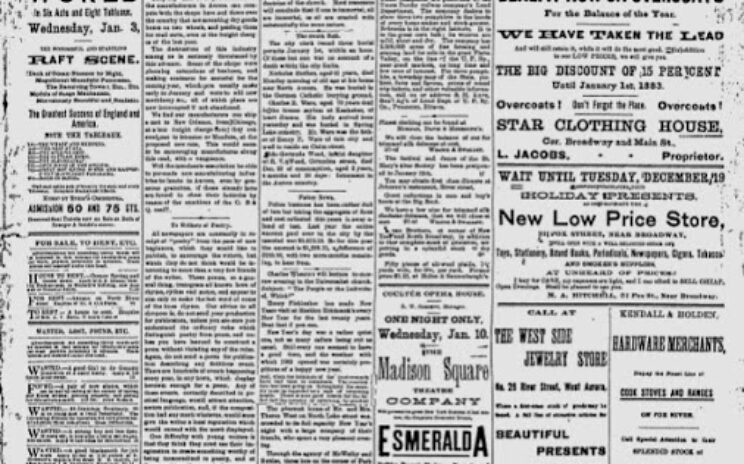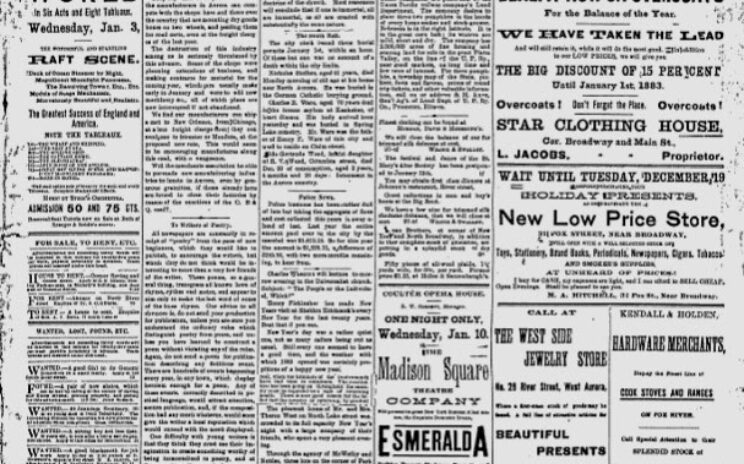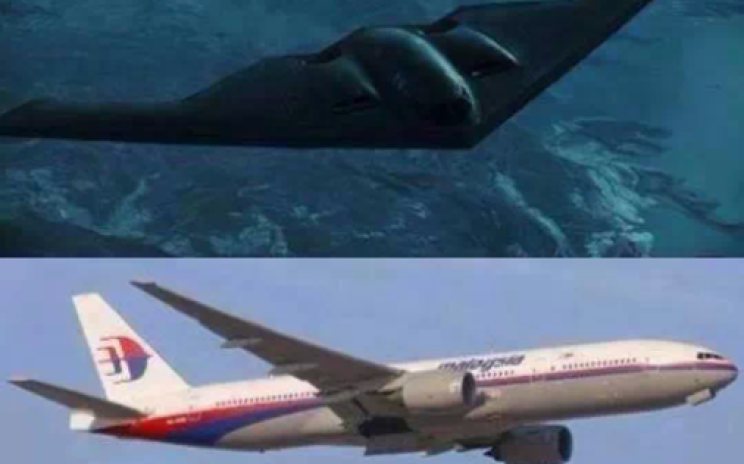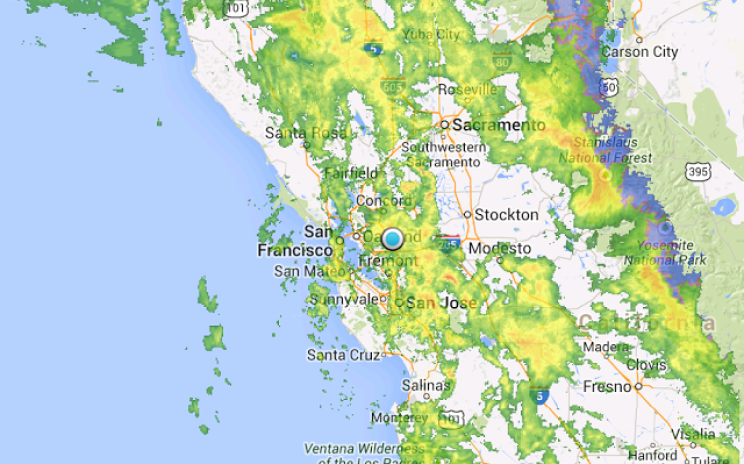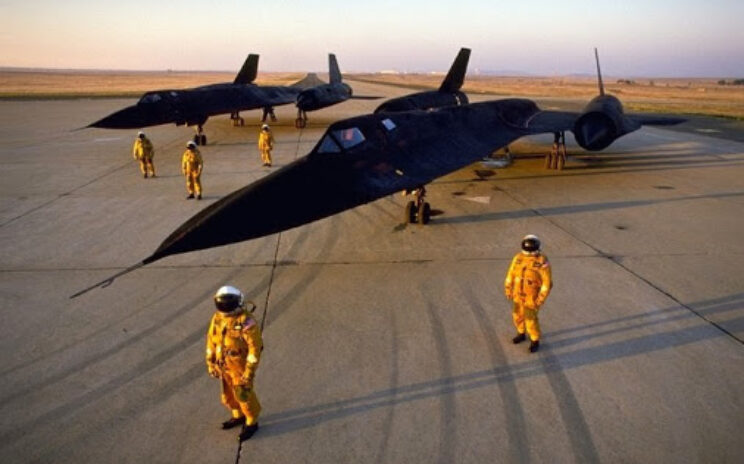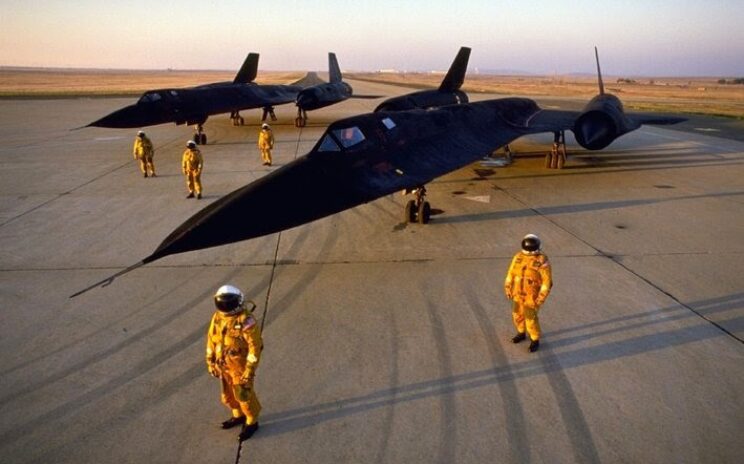That is a huge find… Reshared post from +Universe Today Rumors Flying Nearly as Fast as Their Subject: Have Gravitational Waves Been Detected? Last week the Harvard-Smithsonian Center for Astrophysics (CfA) stated rather nonchalantly that they will be hosting a press conference on Monday, March 17th, to announce a “major discovery.” Without a potential topic for journalists to muse on, this was as melodramatic as it got. But then the Guardian posted an article on the subject and the rumors went into overdrive. The speculation is this: a U.S. team is on the verge of confirming they have detected primordial gravitational waves — ripples in the fabric of spacetime that carry echoes of the big bang nearly 14 billion years ago. Read more: http://www.universetoday.com/110353/rumors-flying-nearly-as-fast-as-their-subject-have-gravitational-waves-been-detected/#ixzz2w95HM76L View this post on Google+
Ok if this turns out to be true… That is a huge find… Originally shared by +Universe Today Rumors Flying Nearly as Fast as Their Subject: Have Gravitational Waves Been Detected? Last week the Harvard-Smithsonian Center for Astrophysics (CfA) stated rather nonchalantly that they will be hosting a press conference on Monday, March 17th, to announce a “major discovery.” Without a potential topic for journalists to muse on, this was as melodramatic as it got. But then the Guardian posted an article on the subject and the rumors went into overdrive. The speculation is this: a U.S. team is on the verge of confirming they have detected primordial gravitational waves — ripples in the fabric of spacetime that carry echoes of the big bang nearly 14 billion years ago. Read more: http://www.universetoday.com/110353/rumors-flying-nearly-as-fast-as-their-subject-have-gravitational-waves-been-detected/#ixzz2w95HM76L
View this post on Google+
+Nik Photography – The strangely funky new Analog Effects Filters… Some bizarre stuff in there that I am just not quite sure where to use when.. but funky is fun.. View this post on Google+
+Nik Photography – The strangely funky new Analog Effects Filters… Some bizarre stuff in there that I am just not quite sure where to use when.. but funky is fun..
Want to check out how news used to be done? Scroll through this cool archive.. http://news.google.com/newspapers Very cool … This post has been reshared 1 times on Google+ View this post on Google+
http://news.google.com/newspapers Very cool …
+Toby Harriman I believe this is your shot? Front page of 500px.com – Nice job… View this post on Google+
+Toby Harriman I believe this is your shot? Front page of 500px.com – Nice job…
But it would be an interesting change.. With the right cabinet of people below them.. I just want insanely smart people in office… That is all I ask.. This post has been reshared 2 times on Google+ View this post on Google+
Not saying it would be a solution… But it would be an interesting change.. With the right cabinet of people below them.. I just want insanely smart people in office… That is all I ask..
Here are a couple quotes: SH: Oh my god. RM: It is an amazing machine. You start to climb up through Mach 1, and it's a big punch with a lot of air resistance. What we'd typically do is climb up, put the nose down just before Mach 1, and then lift back up and punch through it all the way to Mach 3. SH: And this whole time, the pilot just wasn't on the gas and stick: you were actually changing the shape of the engine itself in order to get more thrust out of the engine. THERE'S A LOT OF STUFF IN THE JOB THAT ISN'T IN THE SHINY BROCHURE. RM: That's right. Because the faster you went, the more ram thrust you got, which burns less fuel. So you did have to go faster to burn less fuel. Like I said, you had to unlearn everything you knew about other aircraft. http://www.sbnation.com/2014/3/7/5447310/sr-71-blackbird-pilot-interview Tribute Video: http://youtu.be/z3N_iQ1fSxc Hands down the coolest plane I have ever seen fly at an airshow….and my all time favorite plane… This post has been reshared 15 times on Google+ View this post on Google+
Here are a couple quotes: SH: Oh my god. RM: It is an amazing machine. You start to climb up through Mach 1, and it's a big punch with a lot of air resistance. What we'd typically do is climb up, put the nose down just before Mach 1, and then lift back up and punch through it all the way to Mach 3. SH: And this whole time, the pilot just wasn't on the gas and stick: you were actually changing the shape of the engine itself in order to get more thrust out of the engine. THERE'S A LOT OF STUFF IN THE JOB THAT ISN'T IN THE SHINY BROCHURE. RM: That's right. Because the faster you went, the more ram thrust you got, which burns less fuel. So you did have to go faster to burn less fuel. Like I said, you had to unlearn everything you knew about other aircraft. http://www.sbnation.com/2014/3/7/5447310/sr-71-blackbird-pilot-interview Tribute Video: http://youtu.be/z3N_iQ1fSxc Hands down the coolest plane I have ever seen fly at an airshow….and my all time favorite plane…
Reshared post from +Astronomy Picture of the Day (APoD) Globules in the Running Chicken NebulaImage Credit & Copyright: Fred Vanderhavenhttp://apod.nasa.gov/apod/ap140305.html The eggs from this chicken may form into stars. The above pictured emission nebula, cataloged as IC 2944, is called the Running Chicken Nebula for the shape of its greater appearance. The image was taken recently from Siding Spring Observatory in Australia and presented in scientifically assigned colors. Seen near the center of the image are small, dark molecular clouds rich in obscuring cosmic dust. Called Thackeray's Globules for their discoverer, these "eggs" are potential sites for the gravitational condensation of new stars, although their fates are uncertain as they are also being rapidly eroded away by the intense radiation from nearby young stars. Together with patchy glowing gas and complex regions of reflecting dust, these massive and energetic stars form the open cluster Collinder 249. This gorgeous skyscape spans about 70 light-years at the nebula's estimated 6,000 light-year distance. View this post on Google+
I wish travel in space was available now…. Originally shared by +Astronomy Picture of the Day (APoD) Globules in the Running Chicken NebulaImage Credit & Copyright: Fred Vanderhavenhttp://apod.nasa.gov/apod/ap140305.html The eggs from this chicken may form into stars. The above pictured emission nebula, cataloged as IC 2944, is called the Running Chicken Nebula for the shape of its greater appearance. The image was taken recently from Siding Spring Observatory in Australia and presented in scientifically assigned colors. Seen near the center of the image are small, dark molecular clouds rich in obscuring cosmic dust. Called Thackeray's Globules for their discoverer, these "eggs" are potential sites for the gravitational condensation of new stars, although their fates are uncertain as they are also being rapidly eroded away by the intense radiation from nearby young stars. Together with patchy glowing gas and complex regions of reflecting dust, these massive and energetic stars form the open cluster Collinder 249. This gorgeous skyscape spans about 70 light-years at the nebula's estimated 6,000 light-year distance.
This post has been reshared 19 times on Google+ View this post on Google+
This post has been reshared 15 times on Google+ View this post on Google+
Portfolio Update 2014 This post has been reshared 6 times on Google+ View this post on Google+
View this post on Google+
Public Service Announcement for Californians – HEADLIGHTS ON WHEN YOUR WIPERS ARE ON…FYI – this does not mean Daytime running lights, and Auto headlights do not always turn on your headlights when you are in rain during the day… V C Section 24400 Headlamps on Motor Vehicles Headlamps on Motor Vehicles 24400. (a) A motor vehicle, other than a motorcycle, shall be equipped with at least two headlamps, with at least one on each side of the front of the vehicle, and, except as to vehicles registered prior to January 1, 1930, they shall be located directly above or in advance of the front axle of the vehicle. The headlamps and every light source in any headlamp unit shall be located at a height of not more than 54 inches nor less than 22 inches. (b) A motor vehicle, other than a motorcycle, shall be operated during darkness, or inclement weather, or both, with at least two lighted headlamps that comply with subdivision (a). (c) As used in subdivision (b), “inclement weather” is a weather condition that is either of the following: (1) A condition that prevents a driver of a motor vehicle from clearly discerning a person or […]

